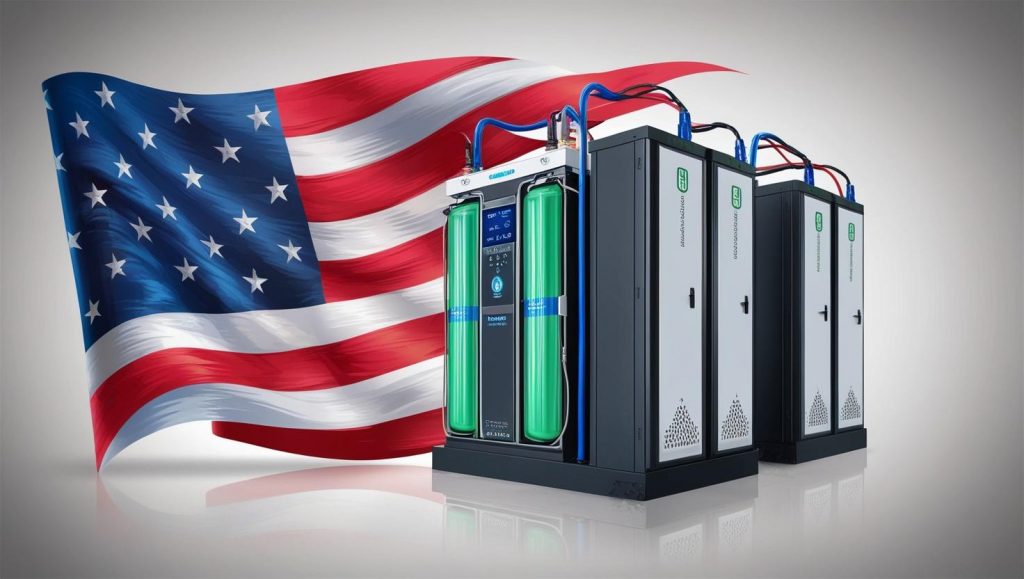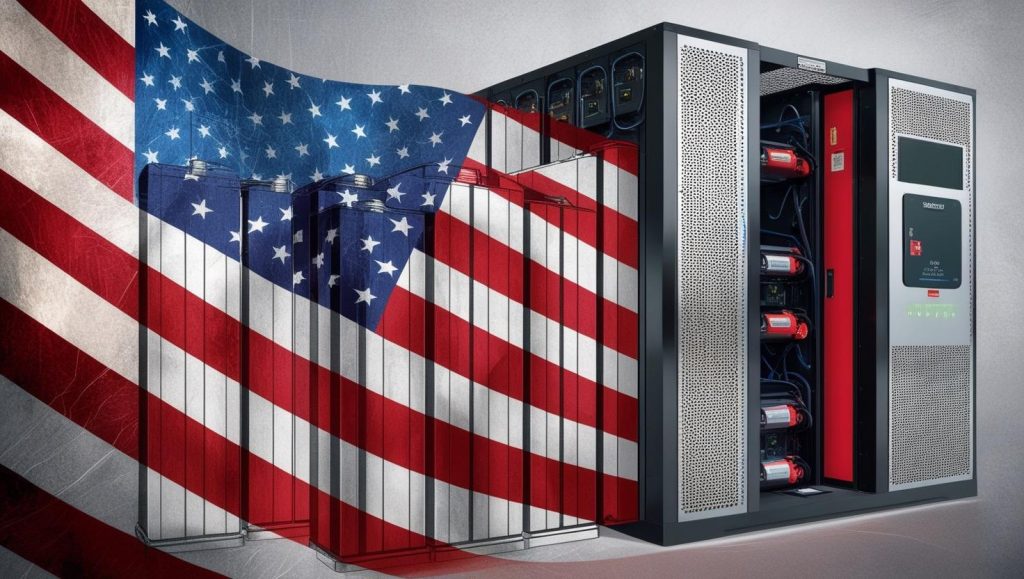The Battery Energy Storage System (BESS) market stands as a cornerstone in the global shift toward sustainable energy, enabling the integration of renewable sources like solar and wind, enhancing grid stability, and supporting energy management. This detailed Key Revenue Research insight article explores the BESS market size, share, and industry trends, providing a growth analysis segmented by battery type (Lithium-ion, Advanced Lead Acid, Flow, Nickel-based), energy capacity (Below 100 MWh, Between 100 MWh & 500 MWh, Above 500 MWh), connection type, ownership, and region, with a global forecast to 2029. Additionally, it examines the ripple effects of the Trump tariffs on this dynamic industry, offering insights into market responses, key takeaways, opportunities, challenges, and potential solutions.
Market Overview and Segmentation
The global BESS market has witnessed robust growth, driven by the rising adoption of renewable energy and advancements in battery technology. By battery type, Lithium-ion batteries dominate due to their high energy density and efficiency, commanding the largest market share. Advanced Lead Acid batteries hold a steady position in cost-sensitive applications, while Flow batteries are gaining traction for long-duration storage needs. Nickel-based batteries, though less common, cater to niche high-performance requirements.
In terms of energy capacity, systems below 100 MWh are widely deployed for residential and small-scale commercial use, offering flexibility and affordability. The 100 MWh to 500 MWh segment serves medium-scale utilities and industrial applications, balancing cost and capacity. Systems above 500 MWh cater to large-scale grid projects, supporting massive renewable energy integration and grid resilience.
The connection type—grid-connected versus off-grid—shapes market dynamics. Grid-connected systems lead the market, aligning with utility-scale renewable projects, while off-grid systems grow in remote and island regions. Ownership models vary, with utility-owned systems driving large deployments, private ownership rising in commercial sectors, and government-backed projects supporting public infrastructure.
Regionally, North America and Asia-Pacific lead in market size, with Europe close behind. Asia-Pacific, particularly China, dominates manufacturing, while North America excels in deployment and innovation. Emerging markets in Latin America and Africa show promising growth as energy access improves.
Industry Trends and Growth Forecast to 2029
The BESS market is projected to grow significantly by 2029, fueled by increasing renewable energy targets, declining battery costs, and supportive policies. Trends include a shift toward longer-duration storage, advancements in battery chemistry, and integration with smart grid technologies. The market size is expected to expand as investments in grid modernization and decarbonization accelerate, with Lithium-ion systems retaining dominance while Flow batteries carve out a larger niche.
The Trump Tariff Impact on the Battery Energy Storage System Industry
The Trump administration’s tariffs, particularly targeting imports from China, have significantly influenced the BESS industry. Lithium-ion batteries, a critical component of BESS and predominantly produced in China, faced increased import costs due to these tariffs. This has driven up the price of BESS projects, affecting their competitiveness against alternative energy solutions. The tariffs have also impacted other components, such as inverters and casings, amplifying cost pressures across the supply chain. As a result, project timelines in price-sensitive markets have been delayed, and deployment growth has slowed in regions heavily reliant on imported technology.
Responses from the Battery Energy Storage System Market
The BESS market has responded dynamically to the tariffs. Companies are diversifying supply chains, seeking alternative suppliers in countries like South Korea and Japan to bypass Chinese imports. There’s a marked increase in domestic manufacturing, with investments in U.S.-based production facilities for batteries and components aiming to reduce tariff exposure. Innovation is also accelerating, with firms enhancing battery efficiency and exploring cost-effective alternatives to offset rising expenses. These adaptations reflect the industry’s resilience and commitment to maintaining growth momentum despite trade disruptions.
Request Trump Tariff Threat Assessment Analysis Now: https://www.marketsandmarkets.com/forms/ctaTariffImpact.asp?id=112809494
Key Takeaways
The Trump tariffs have exposed the BESS market’s dependence on global supply chains, particularly from China, while highlighting the need for strategic diversification. The resulting cost increases have posed short-term hurdles, but they’ve also catalyzed long-term benefits, such as bolstered domestic manufacturing and technological innovation. The industry’s ability to adapt underscores its potential for sustained growth, even amid geopolitical shifts, positioning it as a critical player in the energy transition.
Opportunities and Challenges
The tariffs present both opportunities and challenges for the BESS market. Opportunities lie in the push for localized production, which could create jobs and foster technological breakthroughs in the U.S. The ongoing demand for renewable energy storage ensures a robust market, with growth potential in emerging regions. However, challenges include higher upfront costs, which may deter adoption in budget-constrained markets, and the complexity of scaling domestic production quickly enough to meet demand. Balancing these factors will be key to the industry’s trajectory through 2029.
Solutions
To counter the tariff impact, the BESS industry can pursue multiple strategies. Diversifying supply chains across multiple regions reduces reliance on any single source, mitigating trade risks. Increased investment in research and development can drive down costs and improve battery performance, enhancing competitiveness. Policy advocacy for incentives, such as tax credits for domestic manufacturing, could accelerate growth. Collaboration between industry leaders and governments can also foster a supportive ecosystem, ensuring the BESS market thrives despite tariff-related challenges.


